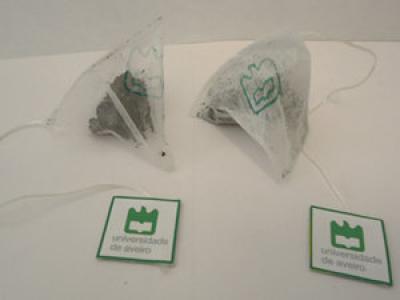| Online: | |
| Visits: | |
| Stories: |

| Story Views | |
| Now: | |
| Last Hour: | |
| Last 24 Hours: | |
| Total: | |
Graphene oxide “teabags” to remove mercury from water
Researchers at the University of Aveiro in Portugal designed unique “tea bags” using a porous graphene oxide foam, which they say can help purify water by removing dissolved mercury. These foams demonstrate several significant advantages over existing water purification systems: they are reusable, simple to synthesize and should be easy to produce in bulk at a relatively low cost. The scientists add that they are also not affected by pH, which is beneficial since other sorbents often need the pH to be optimized, which drives up costs.

The scientists heated graphene oxide with ammonia to create a porous 3D material with a high surface area. After screening their materials for their ability to adsorb various toxic pollutants, the team chose to focus on mercury, one of the top three on the EU’s priority list of hazardous substances in water. The “tea bag” form was chosen due to the fact that the foam sometimes broke apart, and also to optimize contact with water.
Source: http://www.graphene-info.com/graphene-oxide-teabags-remove-mercury-water



